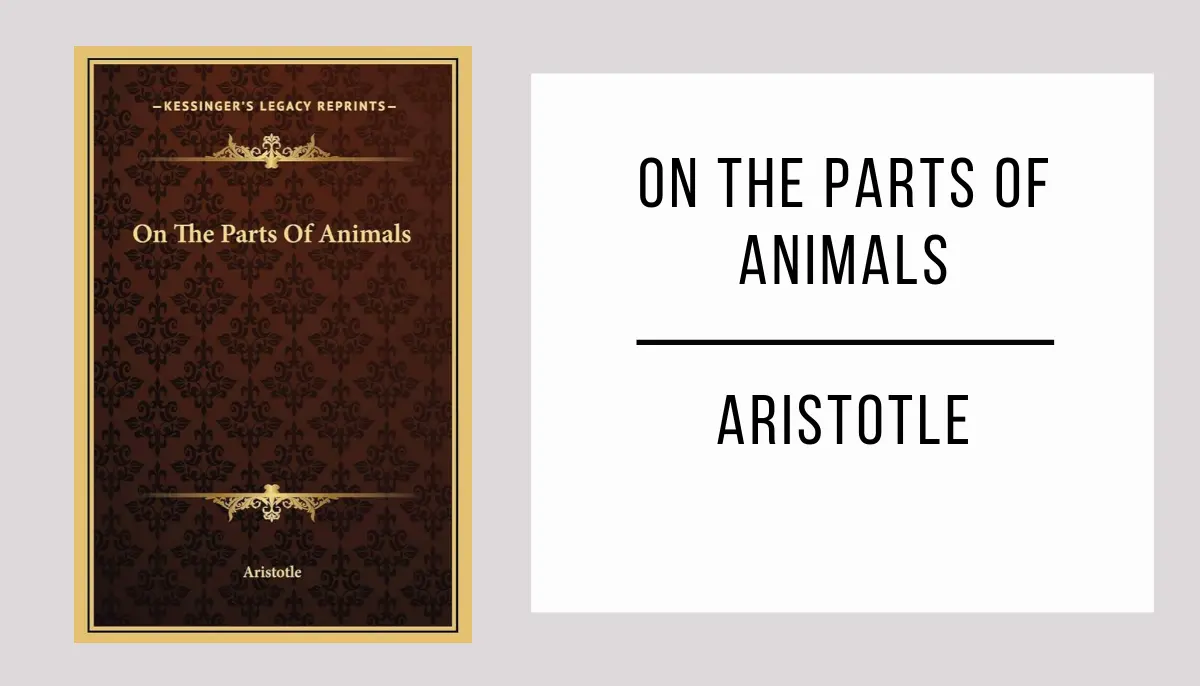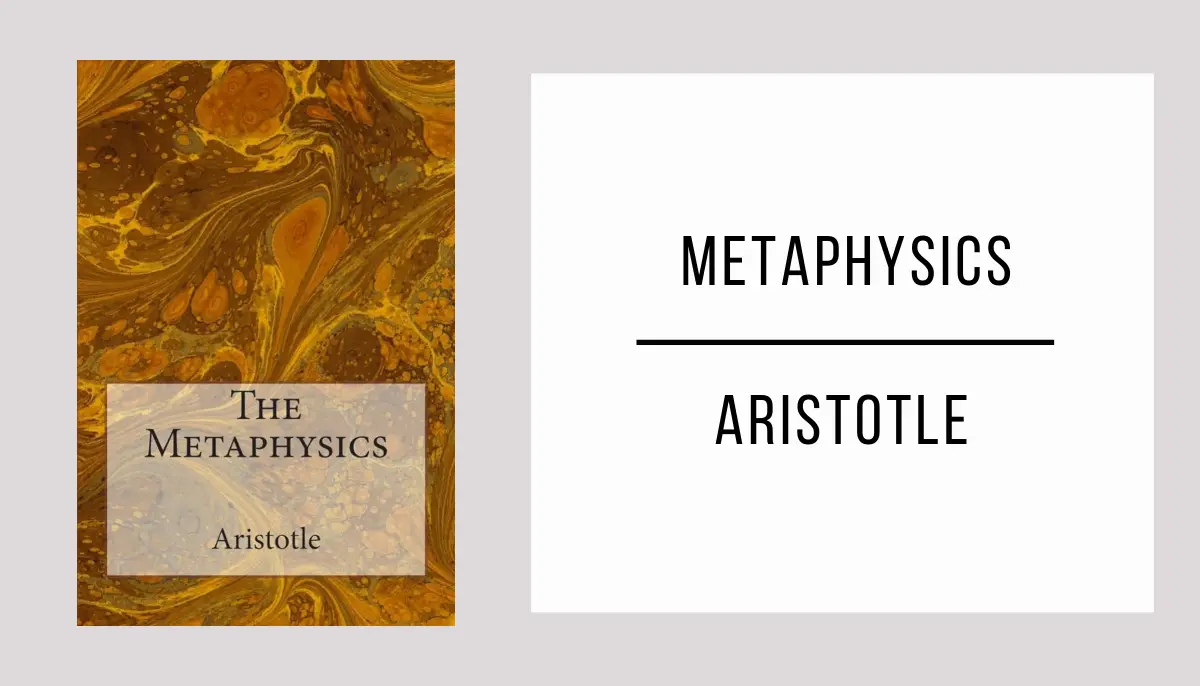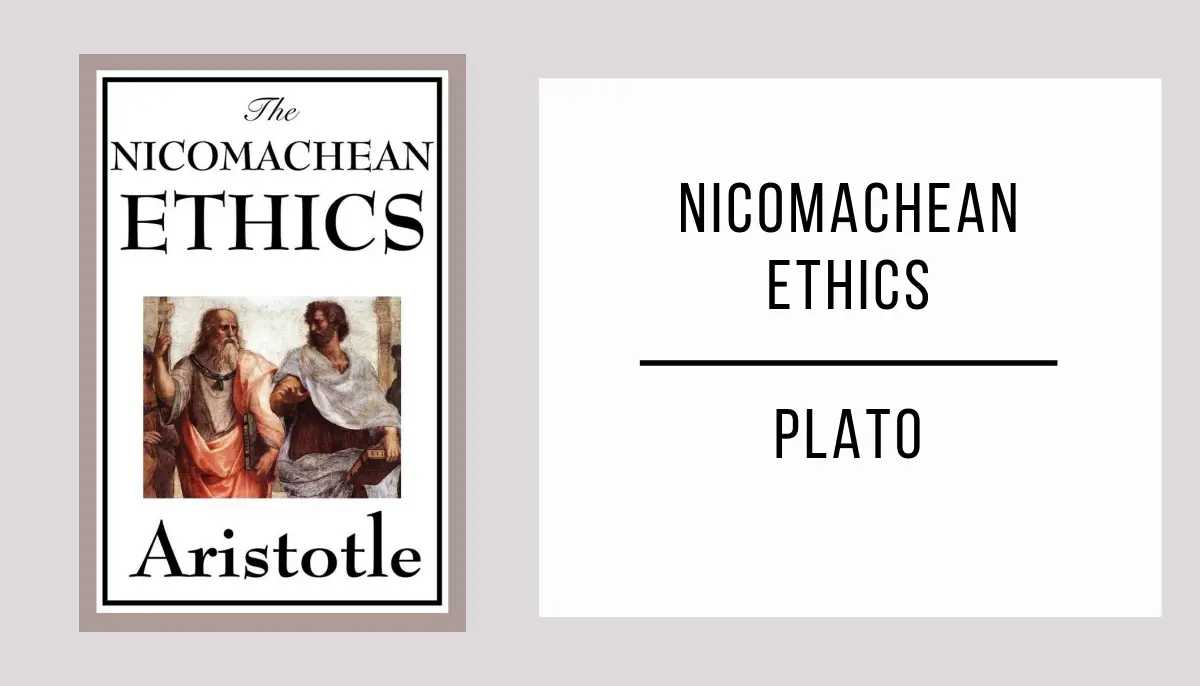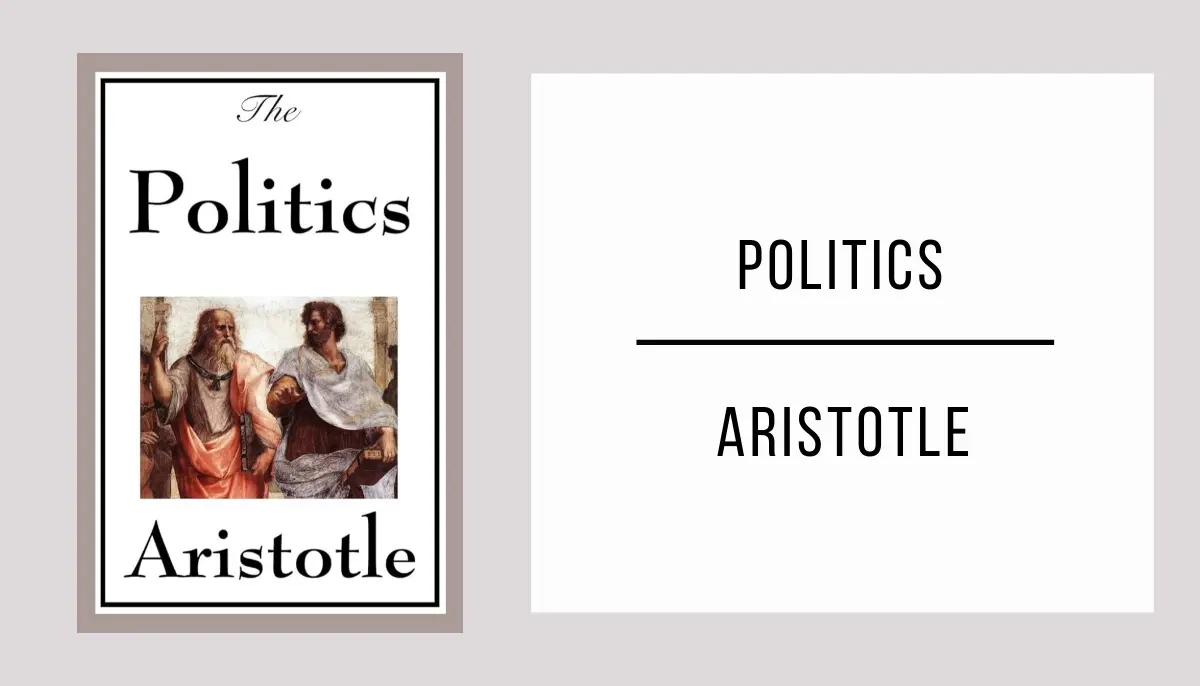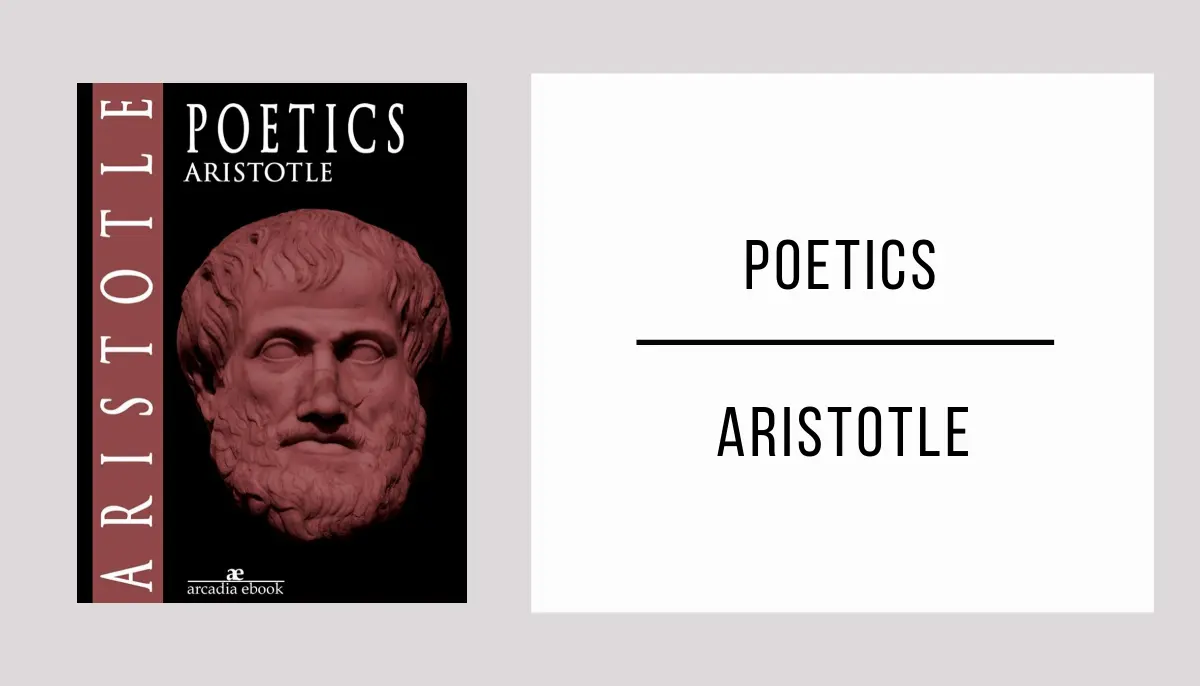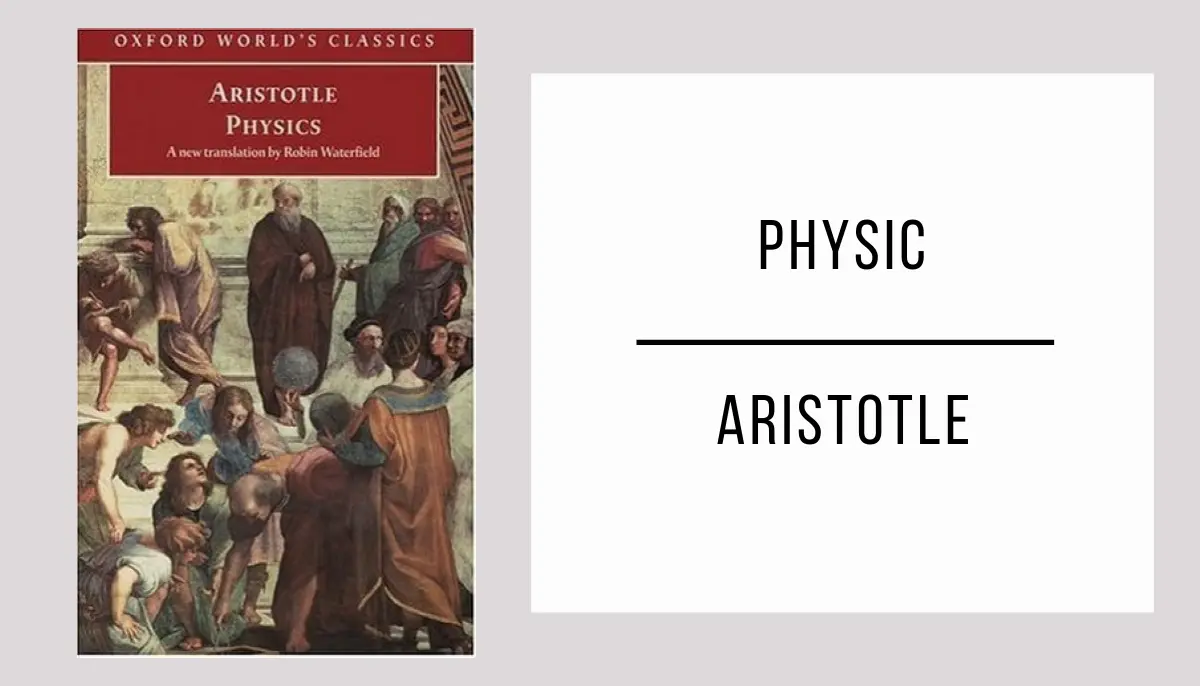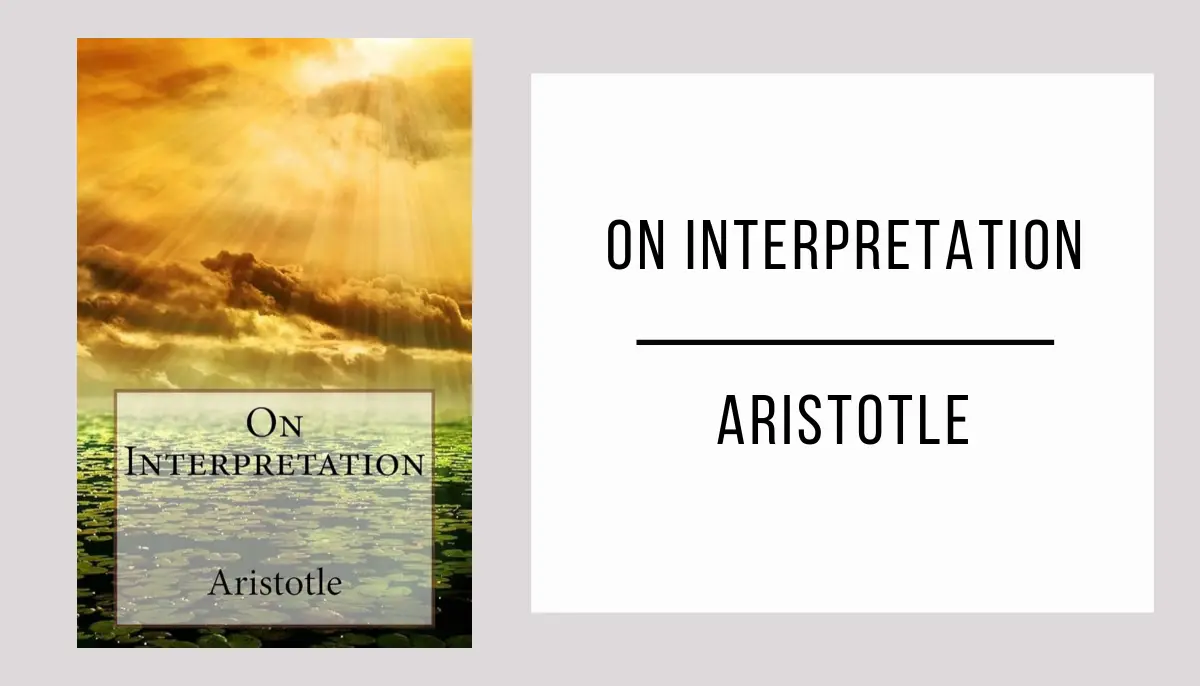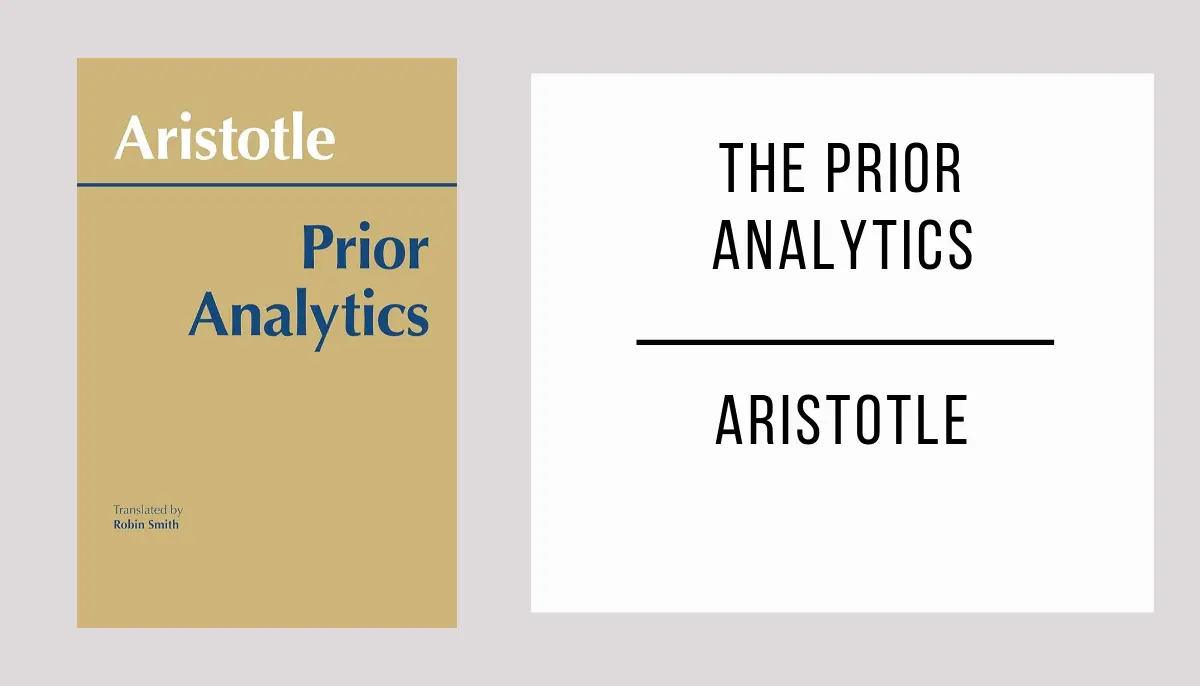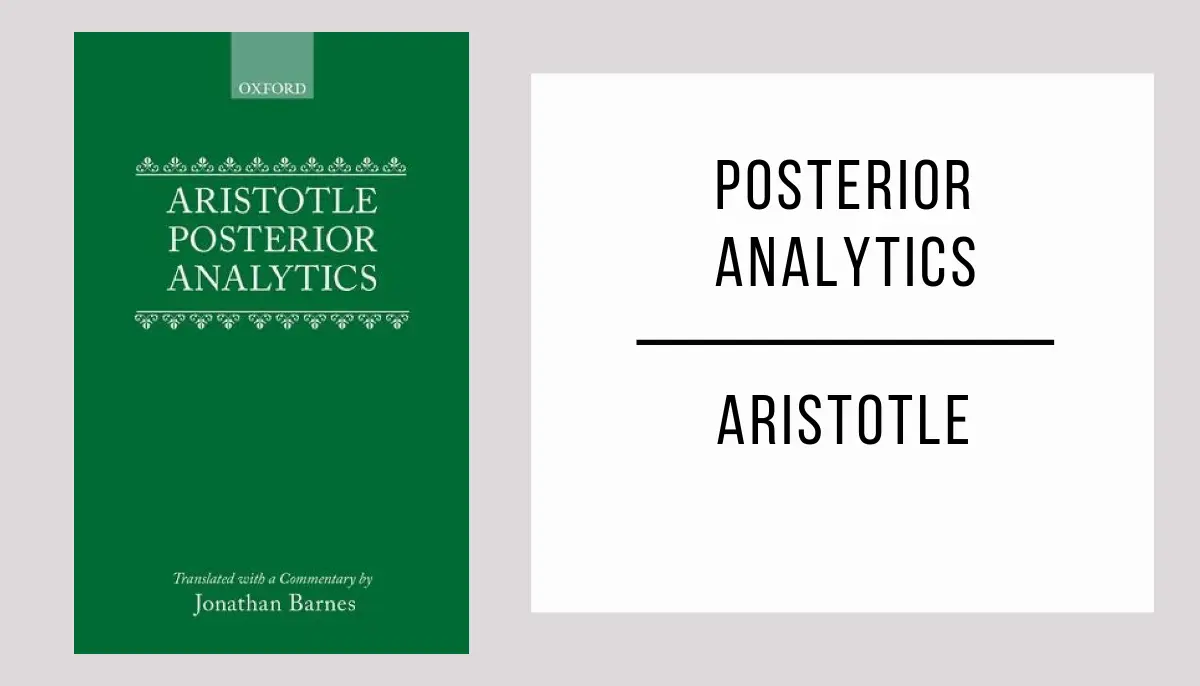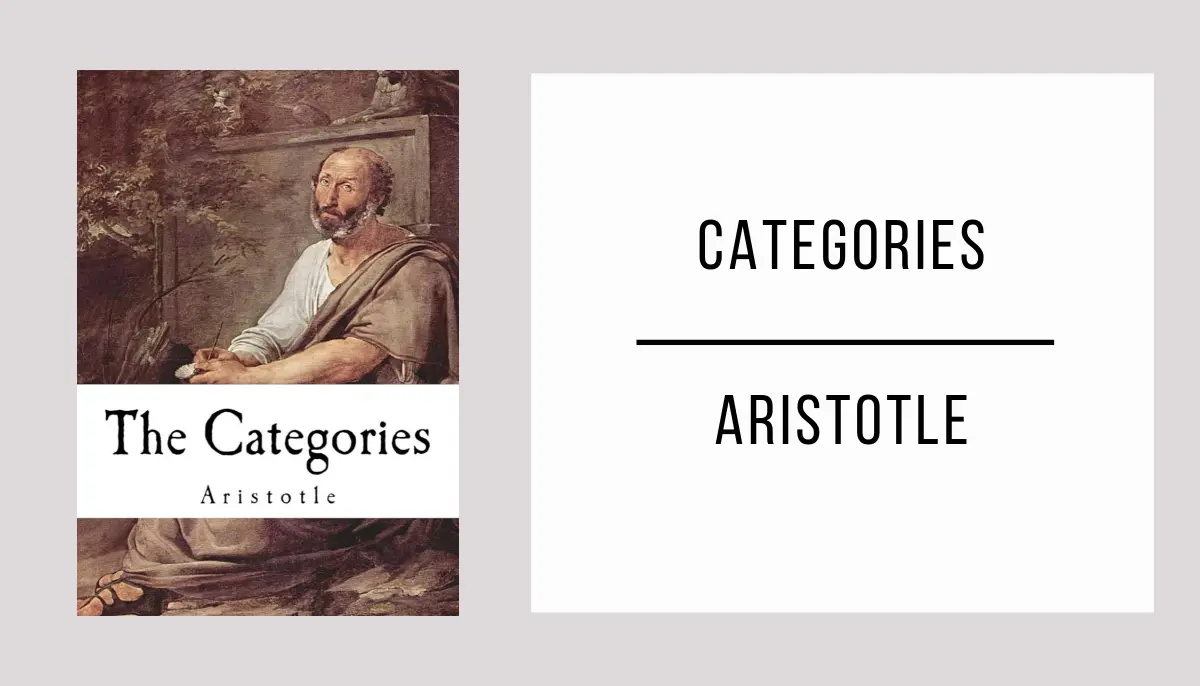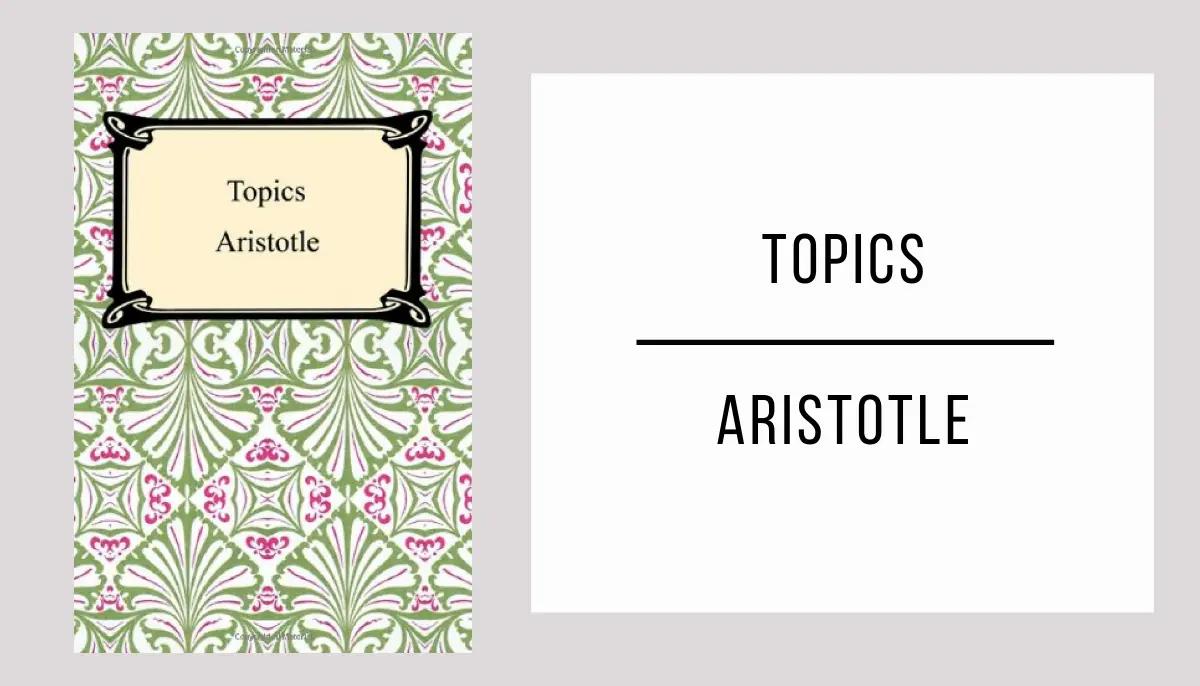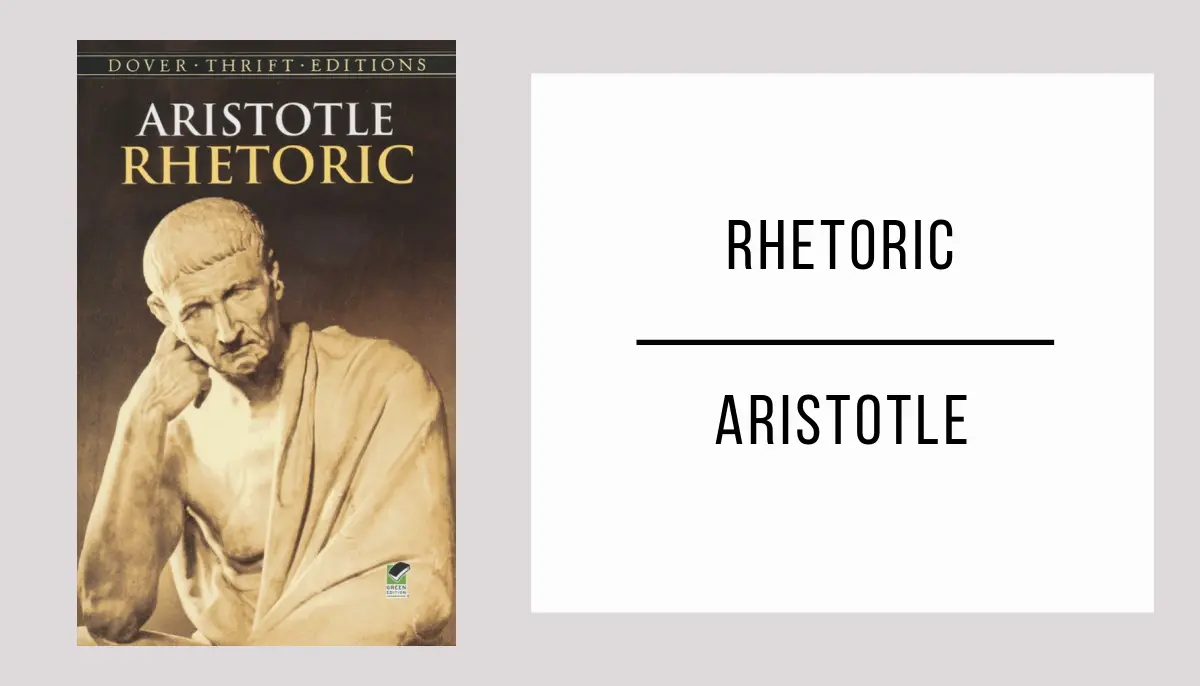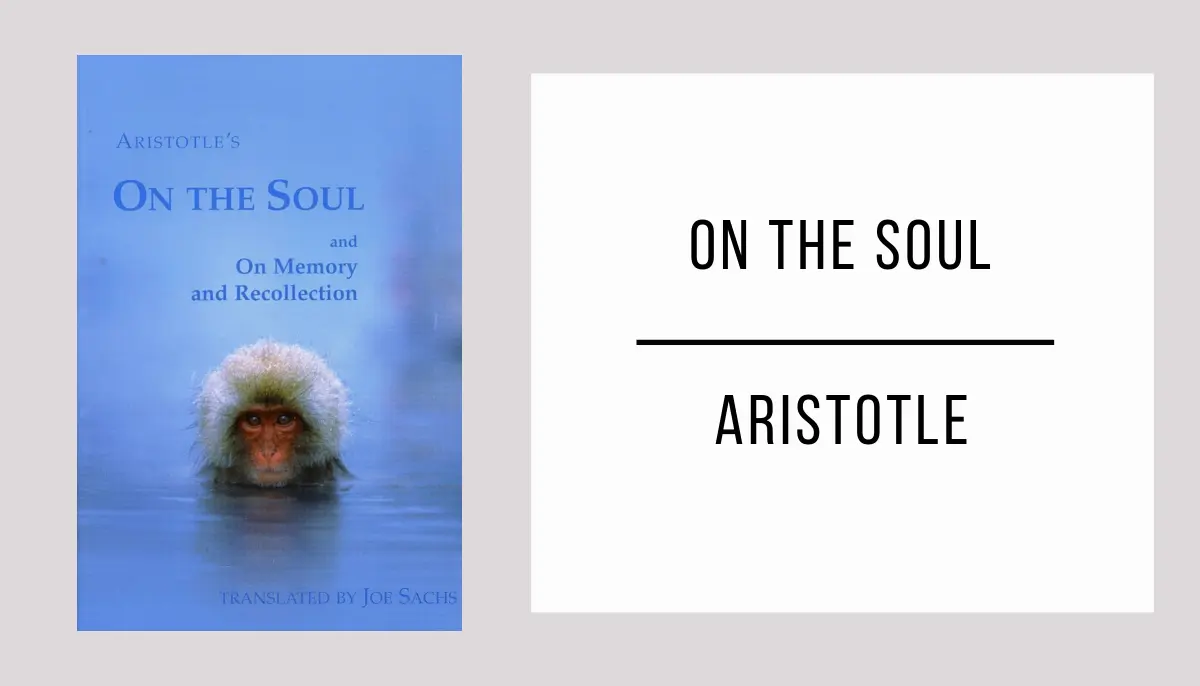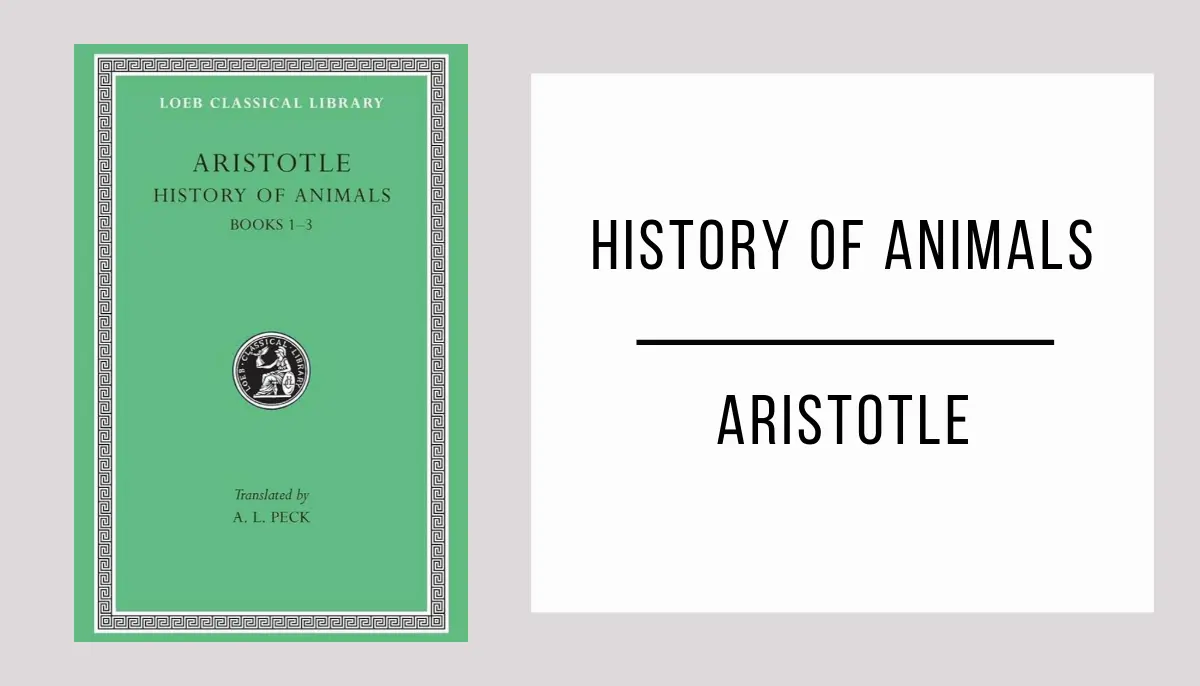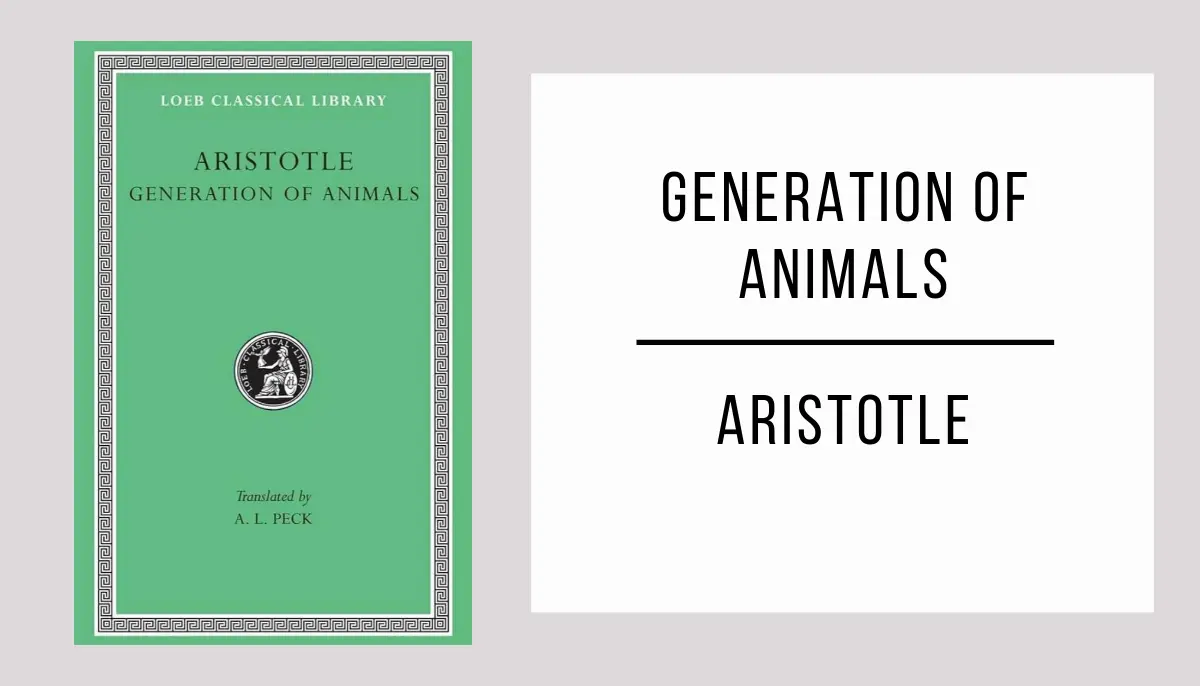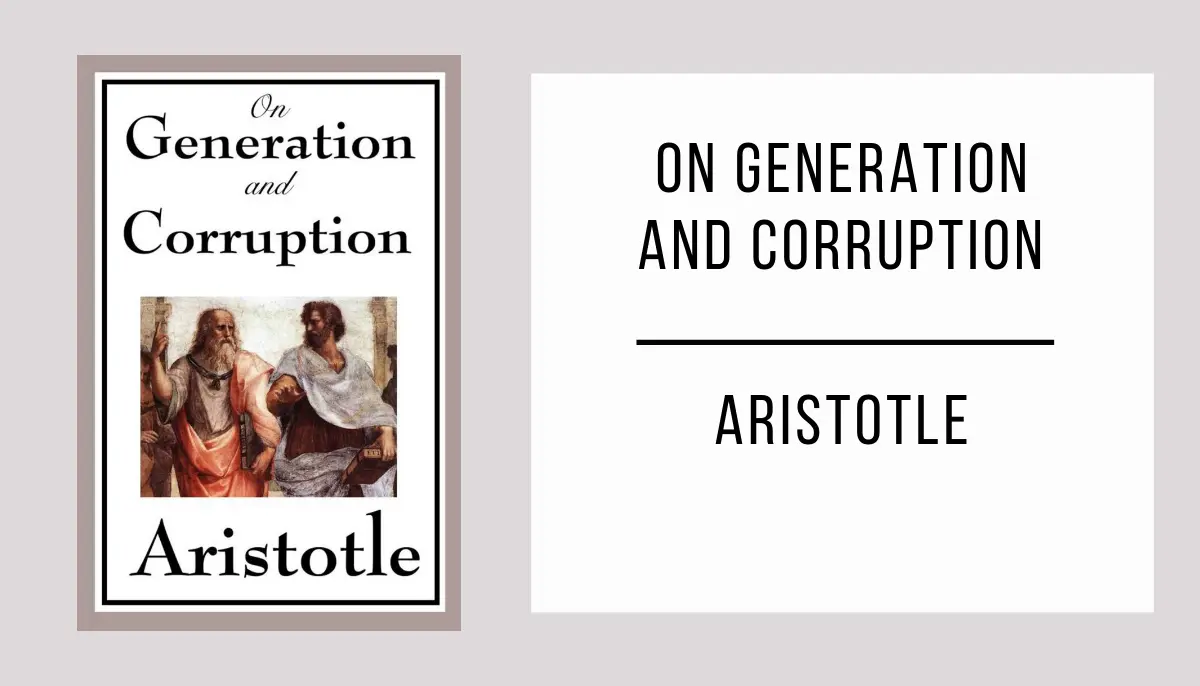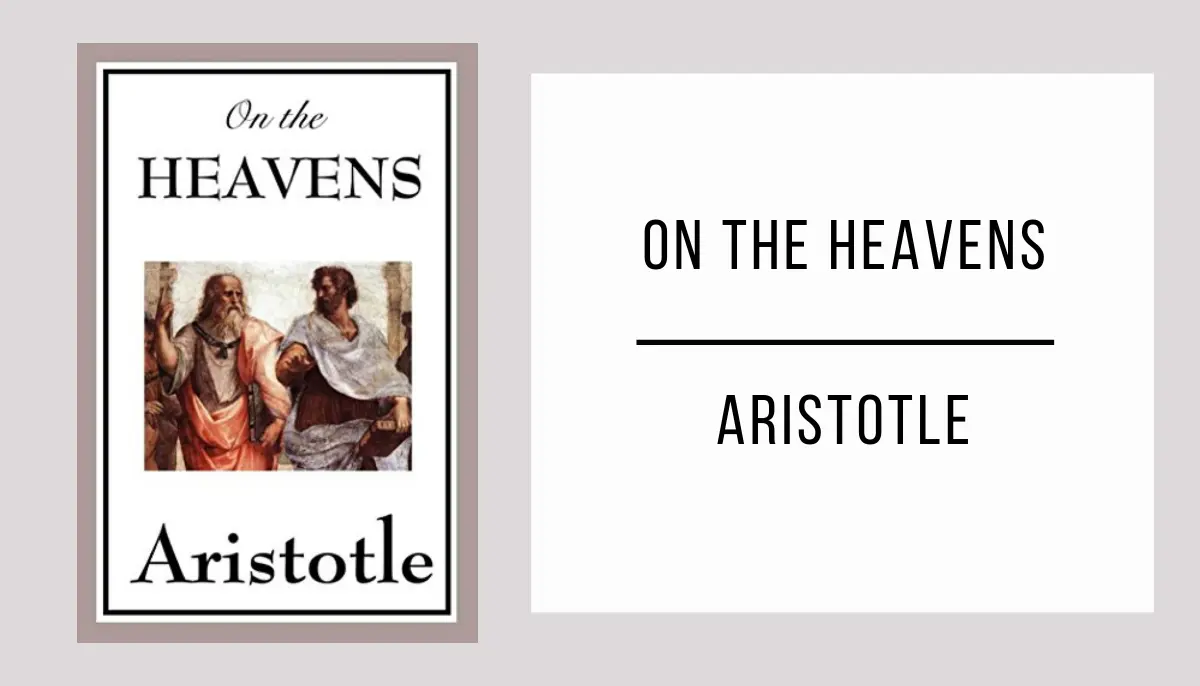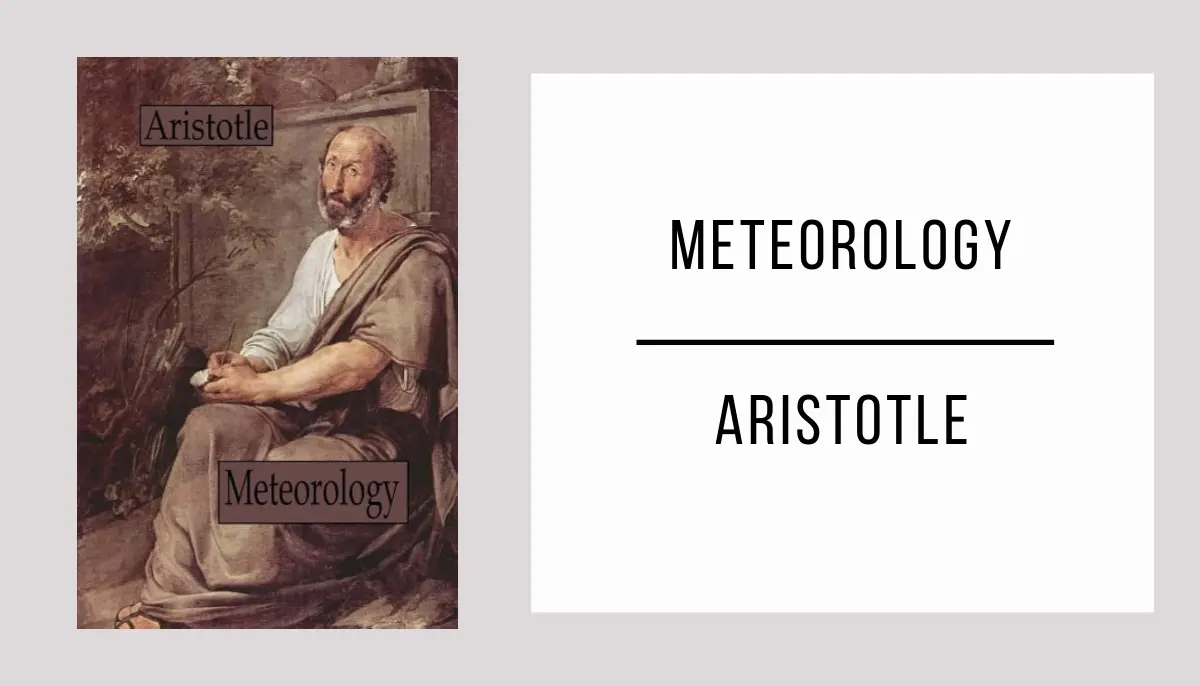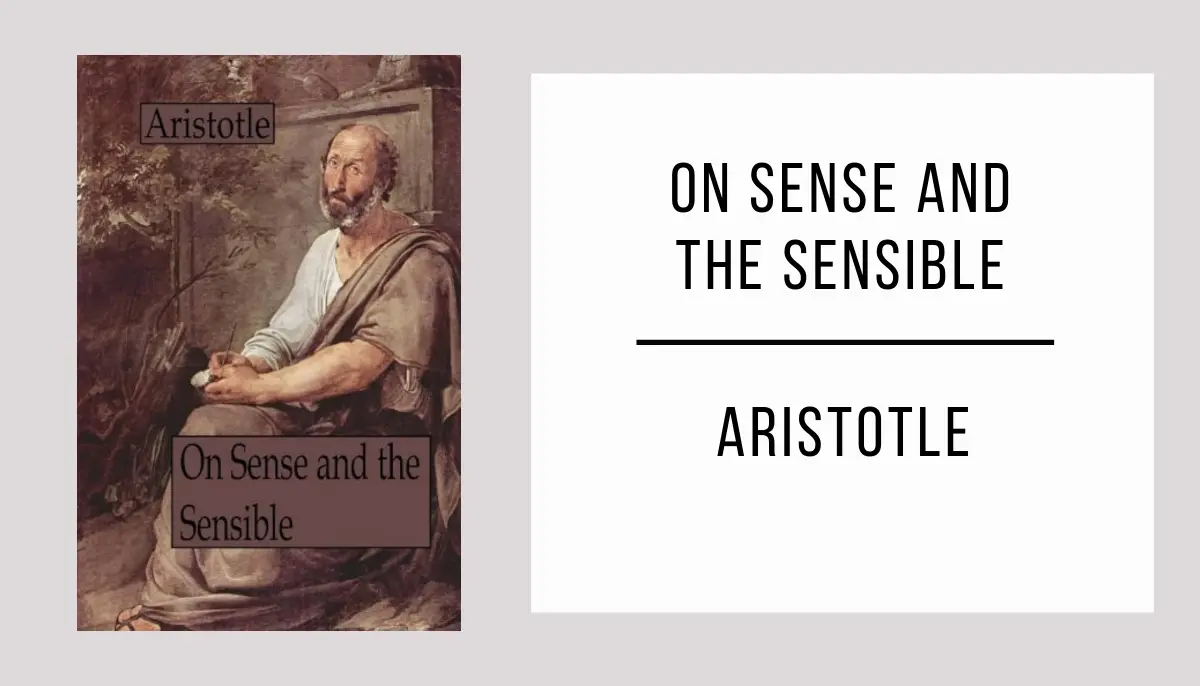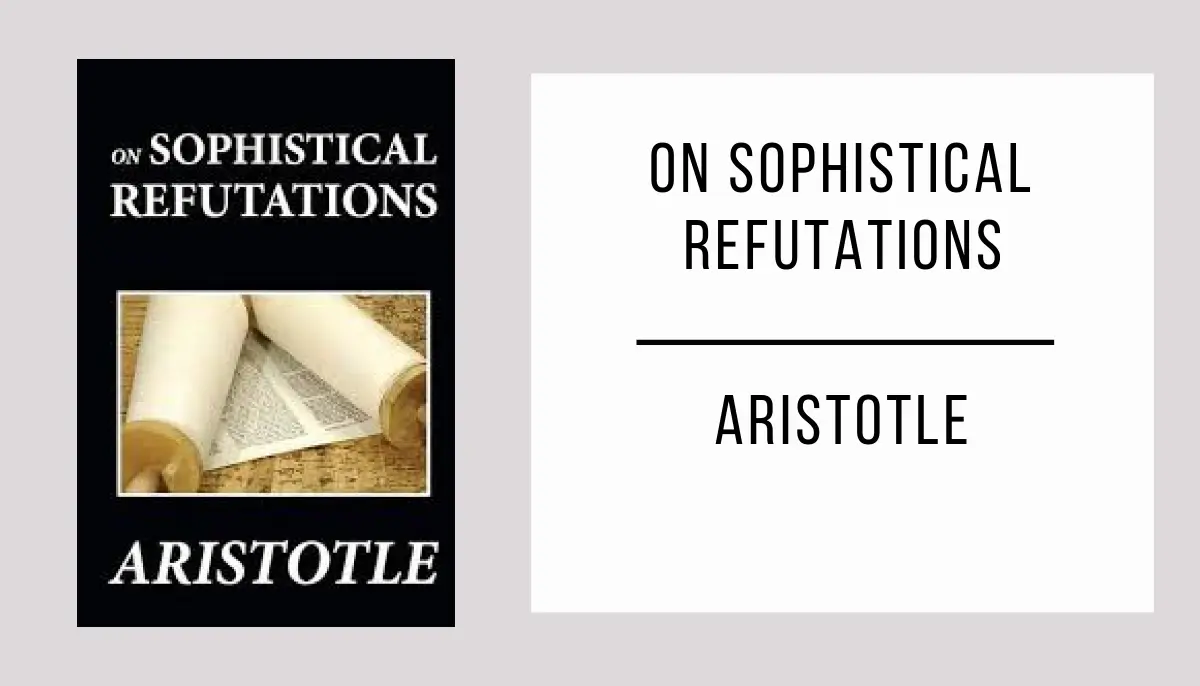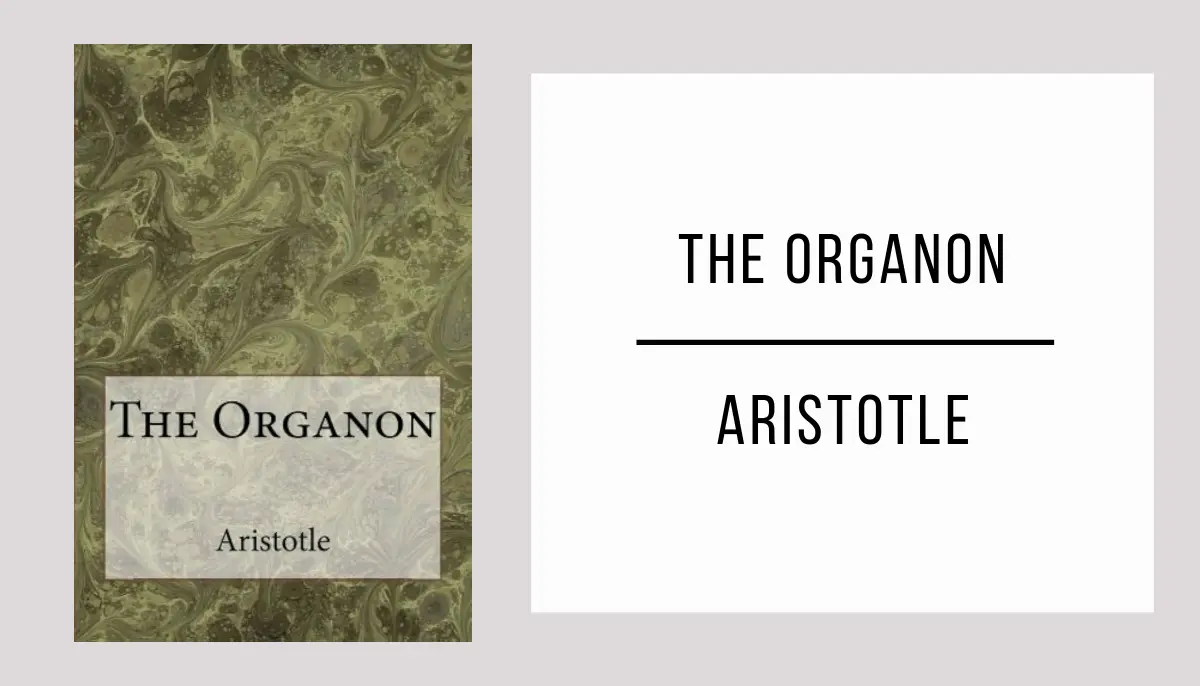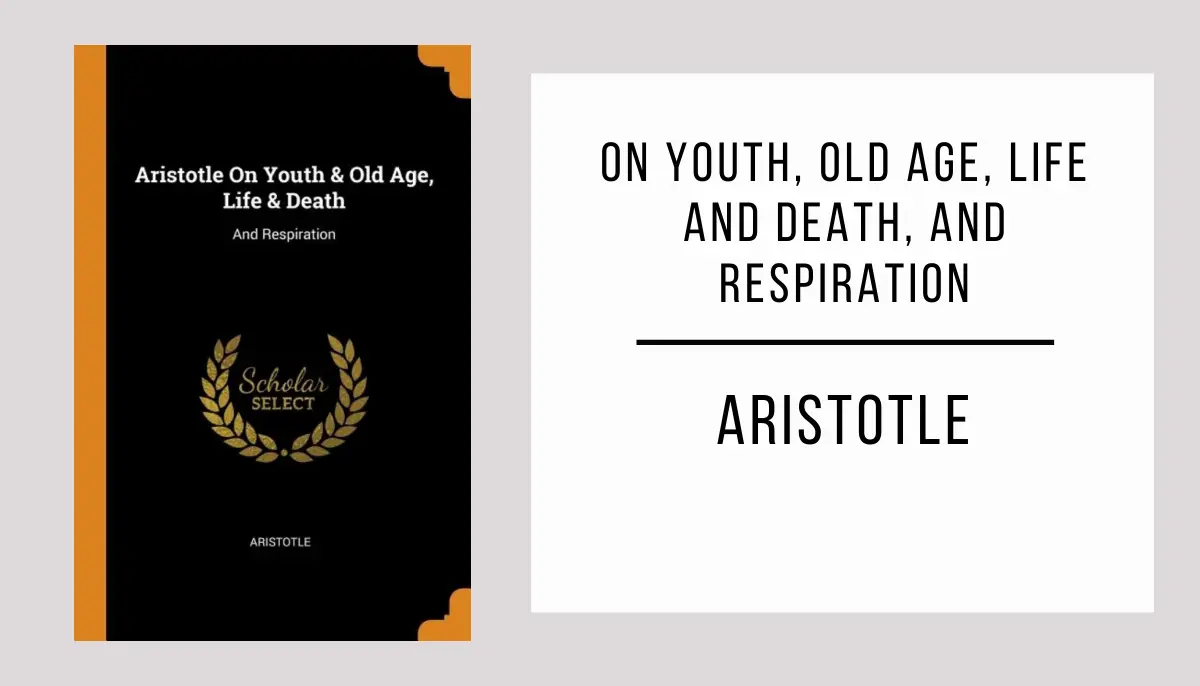“On the Parts of Animals” by Aristotle is a masterful work that unravels the complexities of the various parts that make up living beings.
Download it now and immerse yourself in the pages of “On the Parts of Animals” in free PDF format, available to all lovers of classical literature.
Don’t miss the opportunity to explore Aristotle’s legacy. “The Parts of Animals” by Aristotle invites you to discover a profound and revealing insight into the anatomy and nature of living beings.
On the Parts of Animals in PDF format
*Wait a few seconds for the document to load, the time may vary depending on your internet connection. If you prefer, you can download the file by clicking on the link below.
Loading fileInformation On the Parts of Animals
- Author: Aristotle.
- Publication Date: Around 350 B.C.
- Main Characters:
- There are no specific characters in the book, as it is a scientific treatise on biology and animal anatomy.
- Brief Summary: “On the Parts of Animals” is a treatise written by Aristotle that explores the parts, organs, and tissues of animals, along with their anatomy and physiology. The book’s objective is to provide a scientific understanding of animal parts and to explore whether these parts were designed or arose by chance.
- Thematic Analysis: “On the Parts of Animals” focuses on animal anatomy and physiology, applying Aristotle’s theory of causality to study life forms. The importance of final cause is discussed, and criticism is directed towards the dichotomous taxonomy practiced in the Academy. Aristotle distinguishes between homeomeric and anomeomeric parts, analyzing both the internal and external parts of both sanguineous and non-sanguineous animals.
- Historical Context: “On the Parts of Animals” was written in ancient Greece around 350 B.C. It is one of Aristotle’s major works on biology and is considered a foundational piece in the field of zoology. The treatise consists of four books and is situated within the broader context of Aristotle’s biological works, which include “Generation of Animals” and “History of Animals.”


